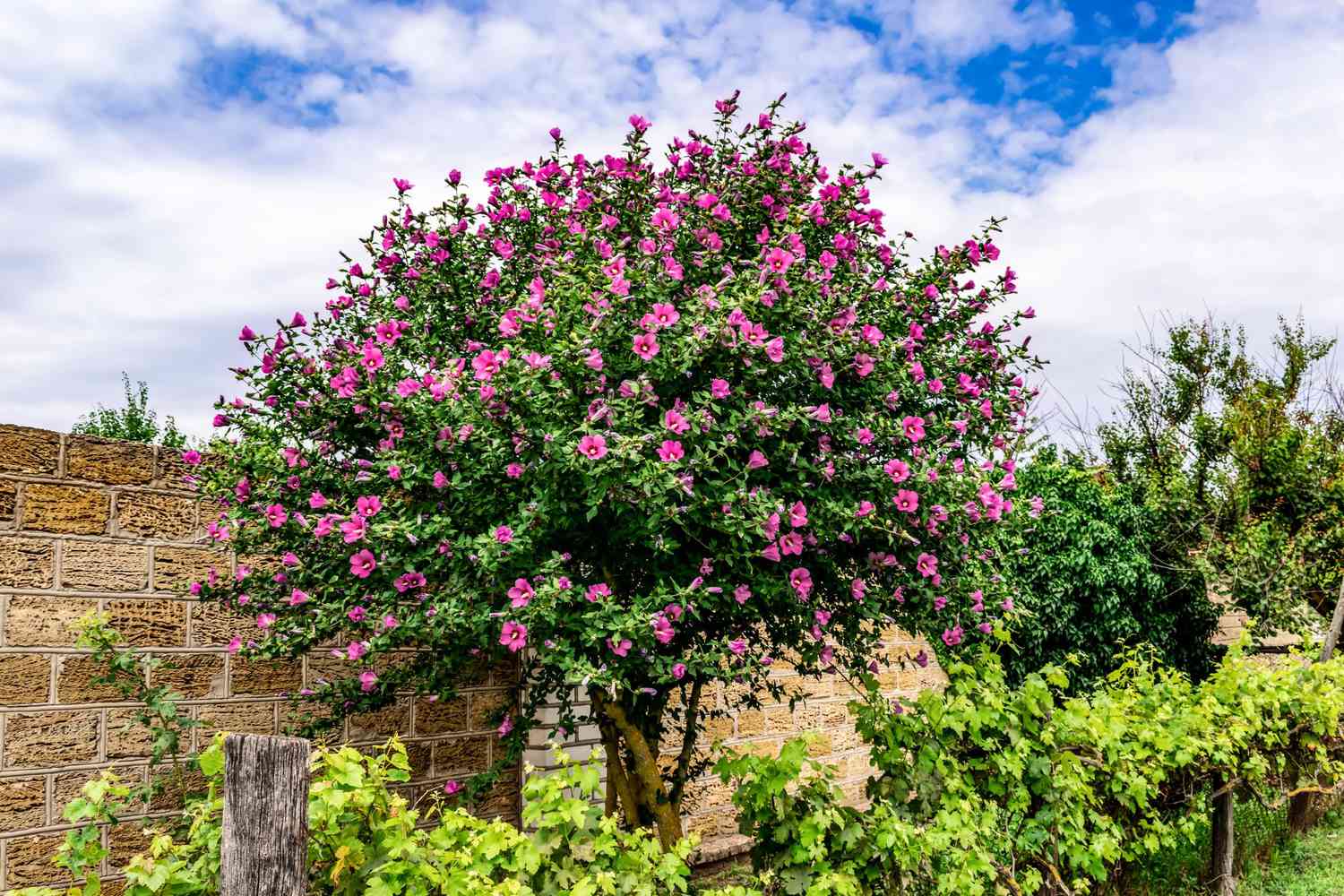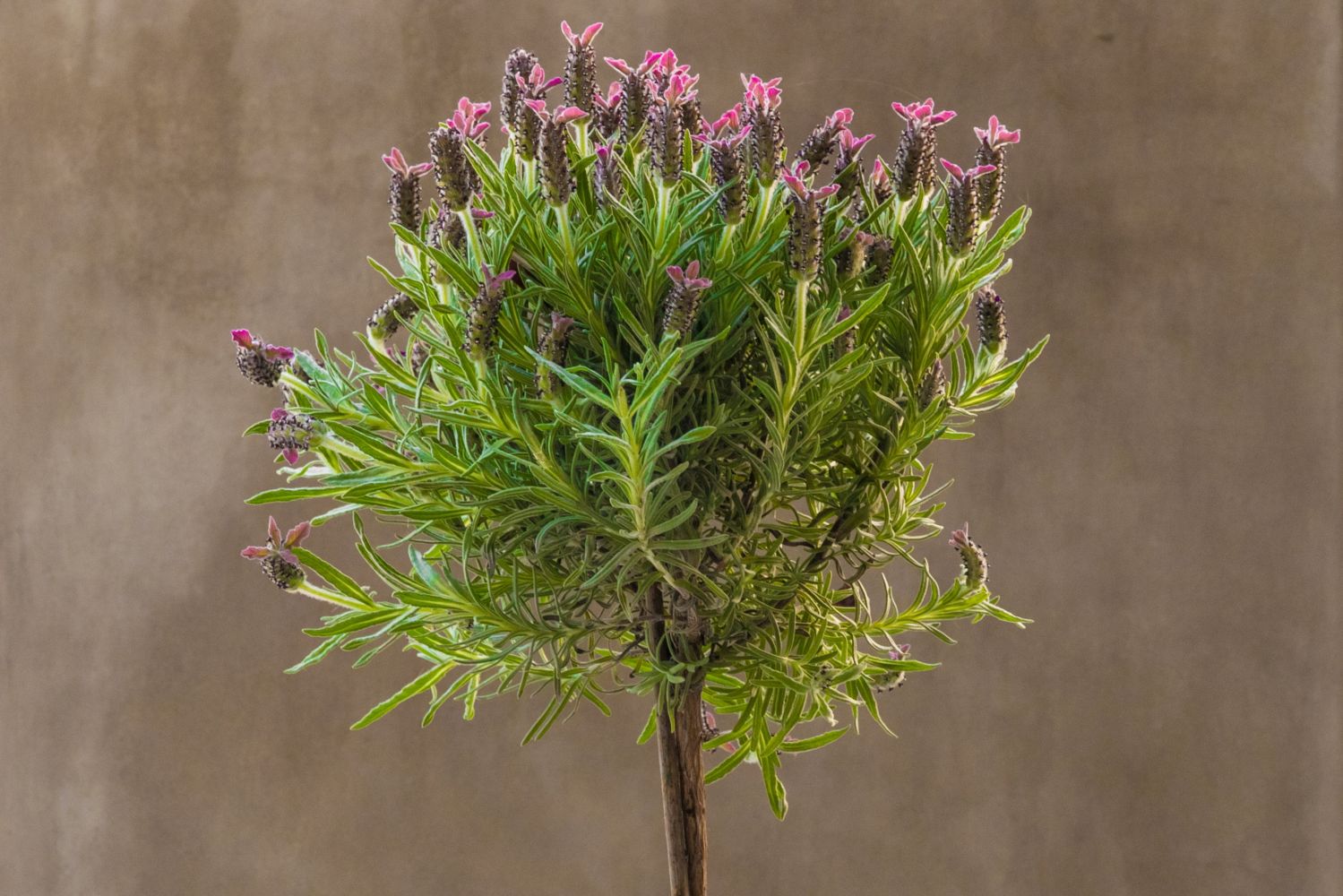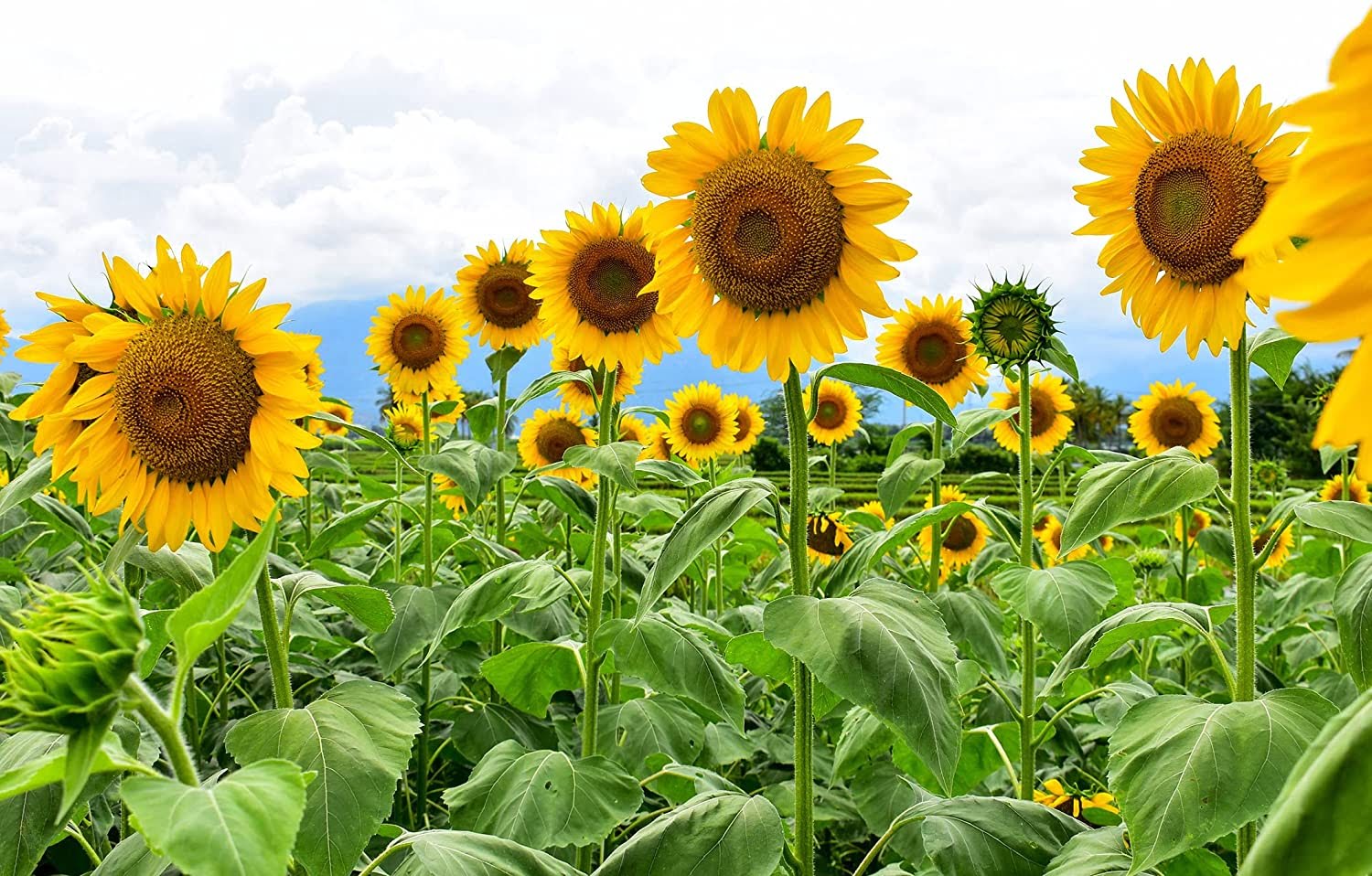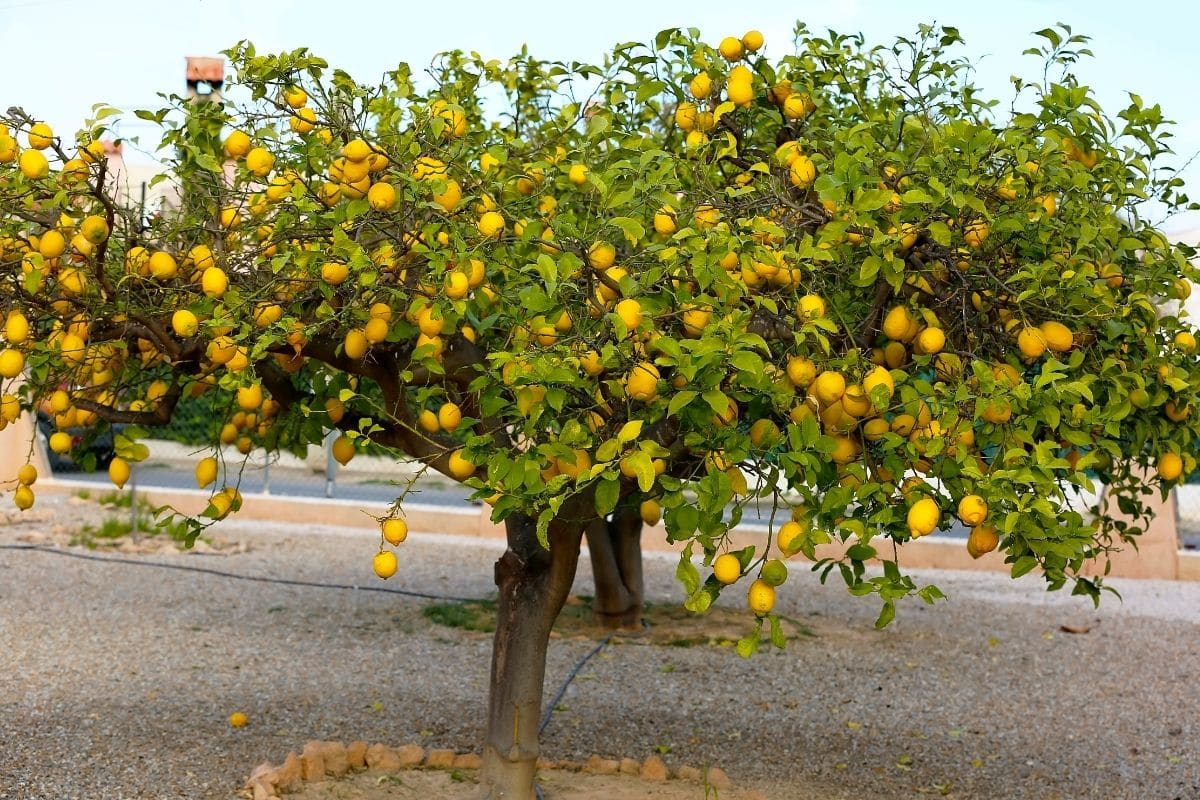Home>Gardening Techniques>Plant Care>How Big Do Papaya Trees Get
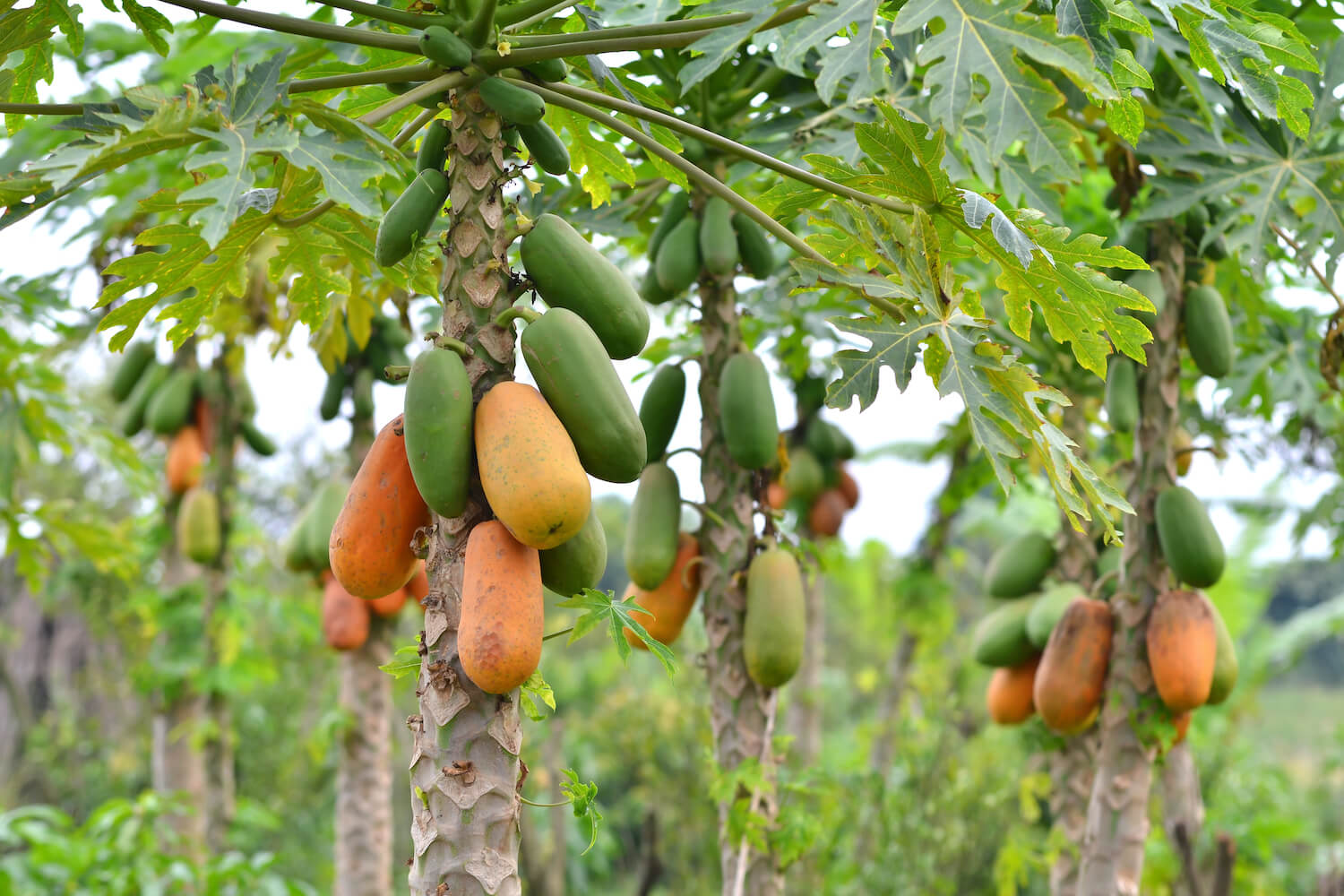

Plant Care
How Big Do Papaya Trees Get
Modified: January 22, 2024
Learn about papaya tree plant care and how big they can grow. Discover essential tips and techniques for cultivating healthy and thriving papaya trees.
(Many of the links in this article redirect to a specific reviewed product. Your purchase of these products through affiliate links helps to generate commission for Chicagolandgardening.com, at no extra cost. Learn more)
Table of Contents
Introduction
Are you interested in growing papaya trees but not sure how big they can get? Papaya trees, also known as Carica papaya, are tropical plants known for their delicious fruit and beautiful foliage. They can make a stunning addition to your garden or landscape, but before you plant one, it’s important to understand how large these trees can grow.
The size of a papaya tree can vary depending on various factors, including the variety, growing conditions, and regular maintenance. Some papaya trees can reach impressive heights, while others remain more compact and manageable. Understanding the factors that affect the size of papaya trees and how to control their growth can help you plan and maintain your papaya tree effectively.
In this article, we will explore the factors that influence the size of papaya trees and provide insights into the natural size range of these tropical plants. We will also discuss the optimal growing conditions for papaya trees and share tips on how to control their size through pruning and other methods. By the end, you will have a better understanding of the potential size of your papaya tree and how to ensure its healthy growth.
Factors Affecting Papaya Tree Size
Several factors can influence the size of papaya trees, ranging from genetics to environmental conditions. Understanding these factors will help you determine the growth potential of your papaya tree and make informed decisions about its care. Here are the key factors that affect papaya tree size:
- Variety: Different papaya tree varieties have varying growth characteristics. Some varieties are naturally more compact and have shorter trunk heights, making them ideal for smaller spaces or container gardening. Other varieties can grow tall and wide, reaching heights of up to 20 feet or more. When selecting a papaya tree, consider the variety’s growth habits and choose one that fits your available space.
- Environmental Conditions: The environment plays a crucial role in determining how big a papaya tree can grow. These tropical plants thrive in warm temperatures, preferably between 70°F and 95°F (21°C and 35°C). They require a minimum of six hours of direct sunlight each day to reach their maximum growth potential. Additionally, papaya trees prefer well-draining soil with adequate moisture and protection from strong winds.
- Soil Quality: The quality of the soil directly impacts the growth and size of papaya trees. These plants prefer a slightly acidic soil with a pH level between 5 and 6.5. The soil should be rich in organic matter and have good drainage to prevent waterlogging. Before planting a papaya tree, amend the soil with compost or well-rotted manure to enhance its fertility. Regularly feeding the tree with balanced fertilizer can also promote healthy growth.
- Pruning: Pruning is an essential technique to control the size and shape of papaya trees. Regular pruning helps remove dead or diseased branches, improves air circulation, and encourages new growth. To keep the tree at a manageable size, prune off any excess branches that are growing too vigorously. However, be cautious not to remove too much foliage or fruit-bearing branches, as this can negatively impact the tree’s overall health and productivity.
By considering these factors and providing optimal conditions for your papaya tree, you can ensure it thrives and achieves its maximum growth potential. Remember, proper care and maintenance are key to a healthy and well-sized papaya tree.
The Natural Size Range of Papaya Trees
Papaya trees have a natural size range that is influenced by genetic factors and environmental conditions. While individual tree sizes may vary, understanding the typical growth patterns can give you an idea of what to expect from your papaya tree. Here is an overview of the natural size range of papaya trees:
Height: On average, papaya trees can grow between 10 and 30 feet tall, although some exceptional varieties can reach heights of up to 40 feet or more under ideal conditions. The height of the tree largely depends on the variety, with dwarf varieties usually staying on the lower end of the size spectrum.
Trunk: The trunk of a papaya tree typically ranges from 5 to 12 inches in diameter. Dwarf varieties tend to have thinner trunks, while larger varieties have thicker trunks to support their height and weight.
Spread: Papaya trees can have a spread that is wider than their height. The branches and foliage of the tree can extend as much as 10 to 15 feet from the trunk. This wide spread is especially prominent in larger varieties that have more extensive branching.
Growth Rate: Papaya trees are known for their rapid growth rate, especially during the first few years. In optimal conditions, a papaya tree can grow up to 1 to 2 feet per year. The growth rate tends to slow down as the tree matures.
It’s important to note that the natural size range mentioned above is a general guideline, and individual trees may deviate from these averages. Factors such as genetics, growing conditions, and maintenance practices can all impact the size of a papaya tree. By providing the tree with proper care, you can help it reach its maximum growth potential.
Next, we will discuss the optimal growing conditions for papaya trees to ensure they thrive and achieve their natural size range.
Optimal Growing Conditions for Papaya Trees
Papaya trees thrive in tropical and subtropical regions, where they can enjoy warm temperatures, ample sunlight, and well-draining soil. To ensure your papaya tree reaches its full potential in terms of size and fruit production, it’s essential to provide it with the following optimal growing conditions:
1. Temperature: Papaya trees require a warm climate to grow successfully. They prefer temperatures between 70°F and 95°F (21°C and 35°C) for optimal growth. Temperatures below 50°F (10°C) can cause damage to the tree, while temperatures above 100°F (38°C) can lead to stress and reduced fruit quality. Ensure your planting location offers the necessary warmth and protection from cold drafts or extreme heat.
2. Sunlight: Papaya trees thrive in full sun, so it’s crucial to provide them with at least six hours of direct sunlight each day. Choose a planting location that has unobstructed access to sunlight to promote healthy growth and fruit development.
3. Soil: Papaya trees prefer well-draining soil that is rich in organic matter. The soil should have a pH level between 5 and 6.5, slightly acidic to neutral. Avoid heavy clay soils that can retain excessive water, as this can lead to root rot. If your soil is not well-draining, consider amending it with organic compost or well-rotted manure to improve its drainage and fertility.
4. Watering: Papaya trees have moderate water requirements. While they prefer consistent soil moisture, it’s important to avoid overwatering, as this can lead to root rot. Water the tree deeply but infrequently, allowing the top few inches of soil to dry out between waterings. Mulching around the base of the tree can help retain soil moisture and regulate temperature.
5. Fertilization: Papaya trees are heavy feeders and benefit from regular fertilization. Apply a balanced fertilizer with a ratio of 10-10-10 or 14-14-14 every two to three months during the growing season. Be cautious not to over-fertilize, as this can result in excessive vegetative growth at the expense of fruit production.
By providing your papaya tree with these optimal growing conditions, you can ensure it has the best chance of reaching its natural size range and producing healthy, delicious fruit.
How to Control the Size of Papaya Trees
Controlling the size of papaya trees is essential for maintaining their aesthetics, managing limited space, and facilitating easier maintenance. While papaya trees have a natural growth pattern, several techniques can help control their size and shape. Here are some strategies to consider:
1. Pruning: Regular pruning is an effective way to control the size of papaya trees. Start by removing any dead, damaged, or diseased branches as soon as you notice them. Additionally, prune back any vigorous or overcrowded branches to promote better airflow and sunlight penetration. However, be careful not to remove more than one-third of the tree’s foliage in a single pruning session, as this may stress the plant.
2. Size Selection: When choosing a papaya tree variety, opt for dwarf or compact varieties if you have limited space. These smaller varieties naturally stay more compact and are easier to maintain through regular pruning. Be sure to research the details of different varieties and select one that aligns with your desired size preferences.
3. Container Gardening: If space is a constraint, consider growing your papaya tree in a large container. This allows for better control over the tree’s size and makes it easier to move indoors during colder months. Choose a container with good drainage holes and use a well-draining potting mix specifically formulated for fruit trees. Regular pruning is still required to manage the size of the tree and restrict root growth.
4. Fruit Thinning: Papaya trees often produce an abundance of fruit, which can contribute to their size and weight. To prevent the tree from becoming excessively burdened and maintain its overall health, thin out the fruit by removing some young, developing fruits. This allows the remaining fruits to receive adequate nutrients and grow to their full potential.
5. Root Pruning: If you have a papaya tree growing in the ground and want to restrict its size, you can consider root pruning. This technique involves cutting through some of the outer roots in a circular pattern around the tree. The root pruning should be done with care to avoid severe damage to the tree. This process helps reduce the tree’s overall vigor, leading to smaller size and slower growth.
Remember to consider these methods carefully and apply them with caution to avoid damaging the tree. Regular monitoring and maintenance are key to ensuring that the size-controlling techniques are implemented effectively while keeping the tree healthy and productive.
Conclusion
Growing a papaya tree can be a rewarding experience, but understanding its potential size and how to control it is crucial for successful cultivation. By considering the factors that influence the size of papaya trees, such as the variety, growing conditions, and regular maintenance, you can ensure your tree thrives and reaches its maximum growth potential.
Although papaya trees have a natural size range, it’s important to note that individual trees may vary. By providing optimal growing conditions such as warm temperatures, ample sunlight, well-draining soil, and appropriate watering and fertilization, you can help your papaya tree achieve its full size potential.
Controlling the size of papaya trees can be achieved through various techniques, including regular pruning, selecting the right variety, practicing container gardening, thinning fruits, and even root pruning if necessary. These methods allow you to manage the size and shape of the tree to fit your available space and aesthetic preferences.
Remember to approach these size-controlling techniques with care and monitor the health of your papaya tree regularly. Maintaining a healthy tree is vital for its productivity and longevity. Keep in mind that proper care and maintenance, including regular pruning, watering, and fertilization, are essential for the overall growth and well-being of your papaya tree.
By understanding the factors that affect papaya tree size and implementing the strategies discussed, you can ensure the healthy growth of your papaya tree while keeping it at a manageable size. With proper care and attention, your papaya tree will not only add beauty to your landscape but also provide you with delicious tropical fruits to enjoy.




